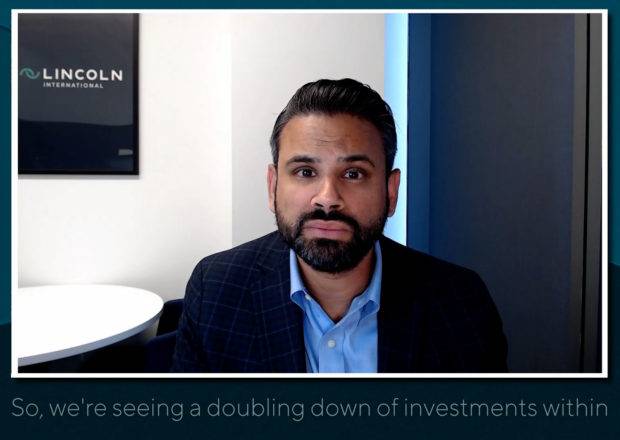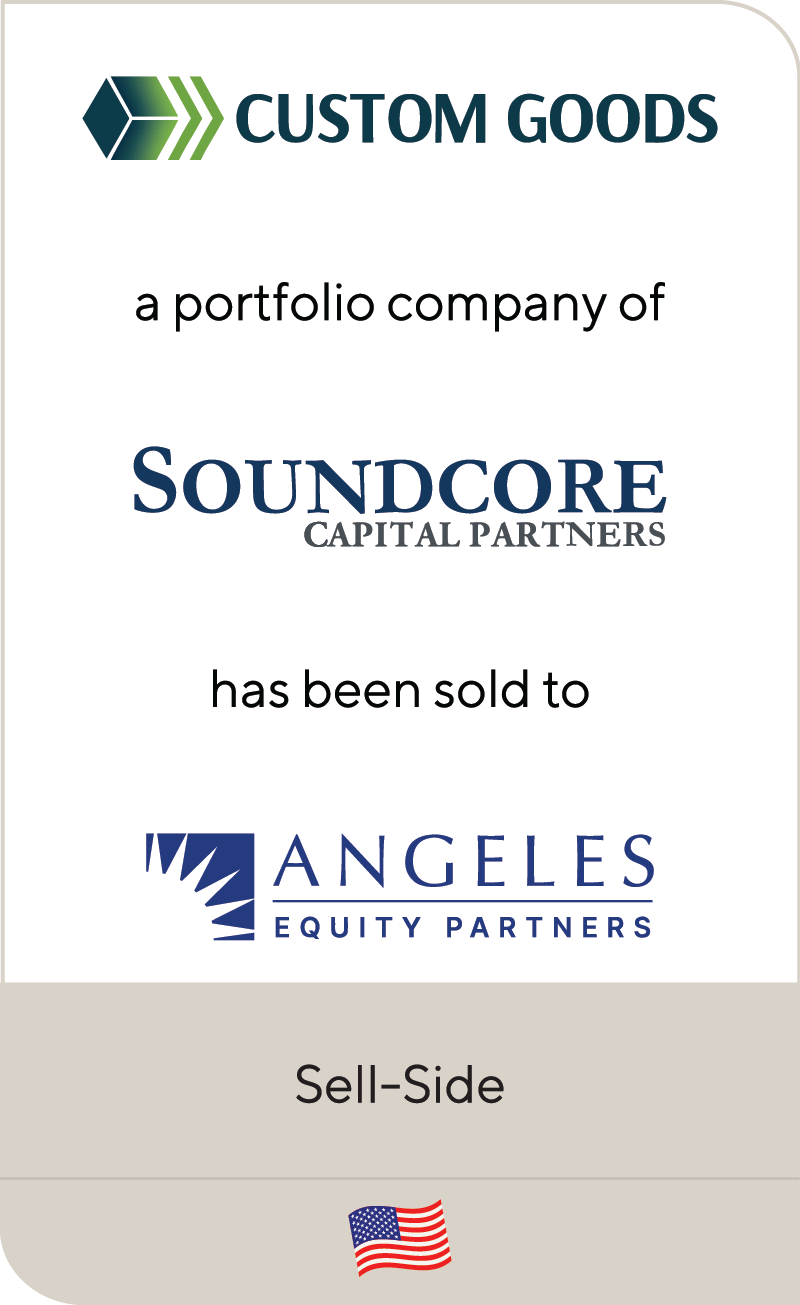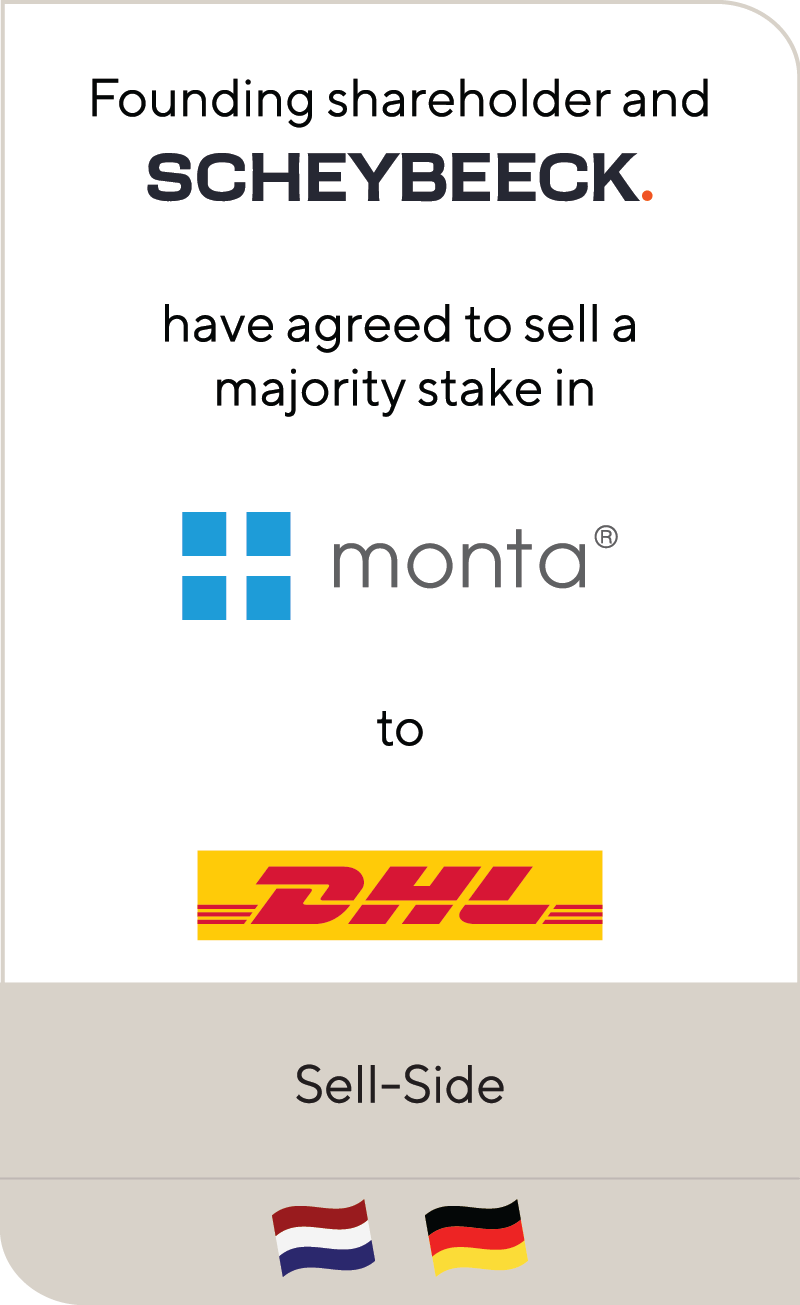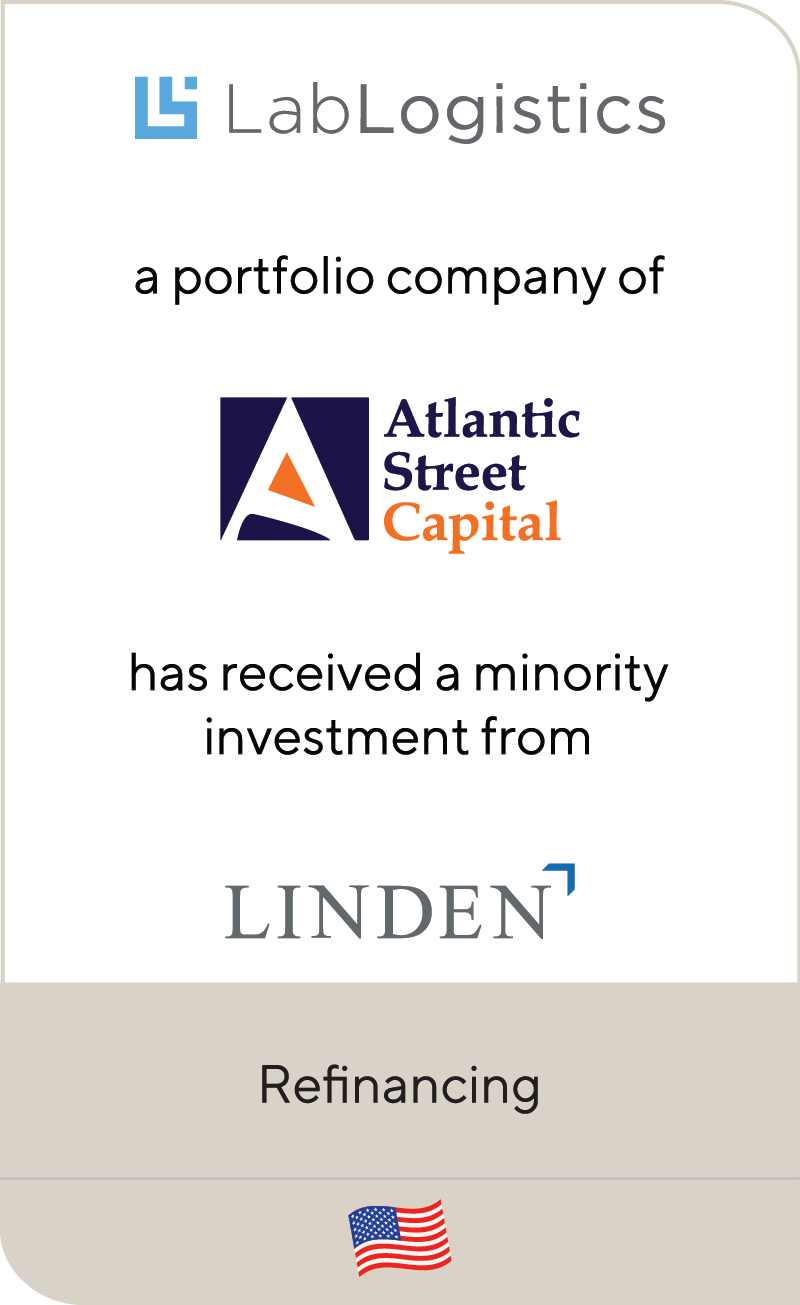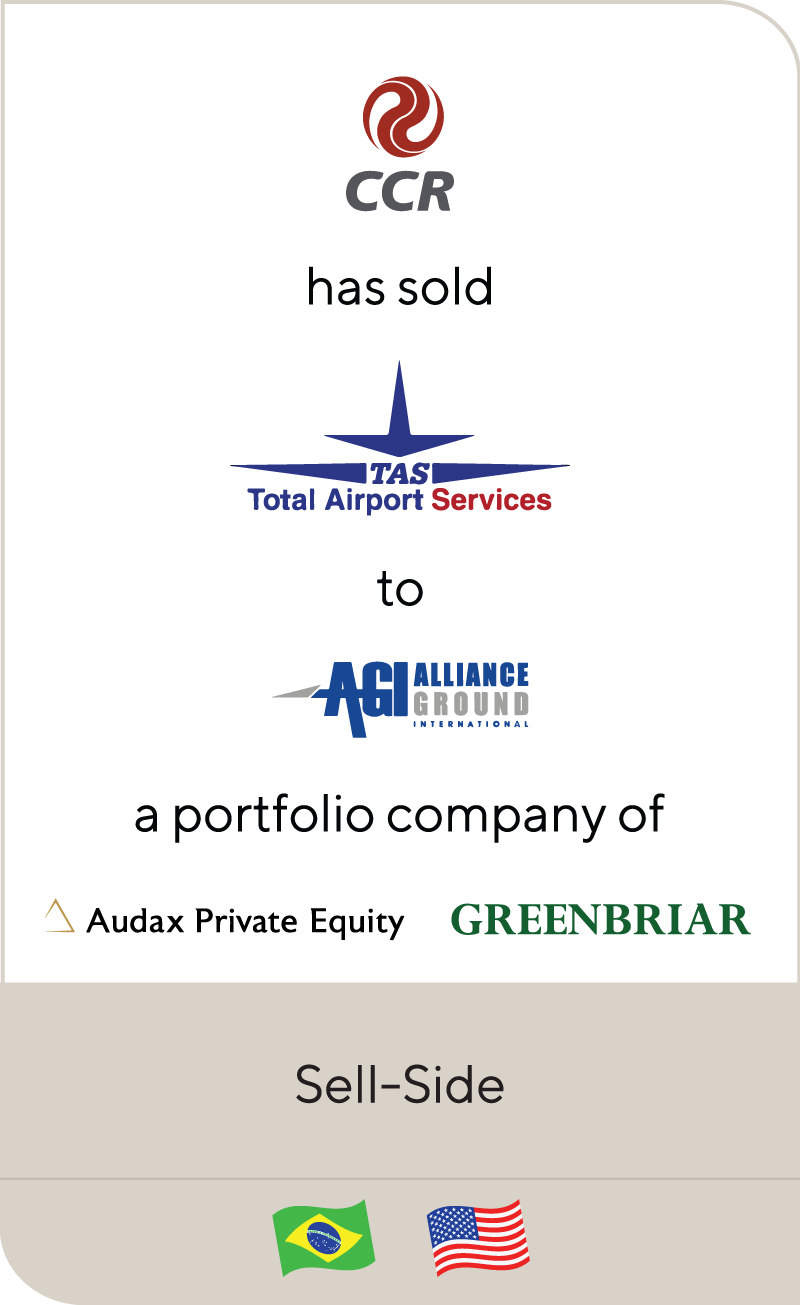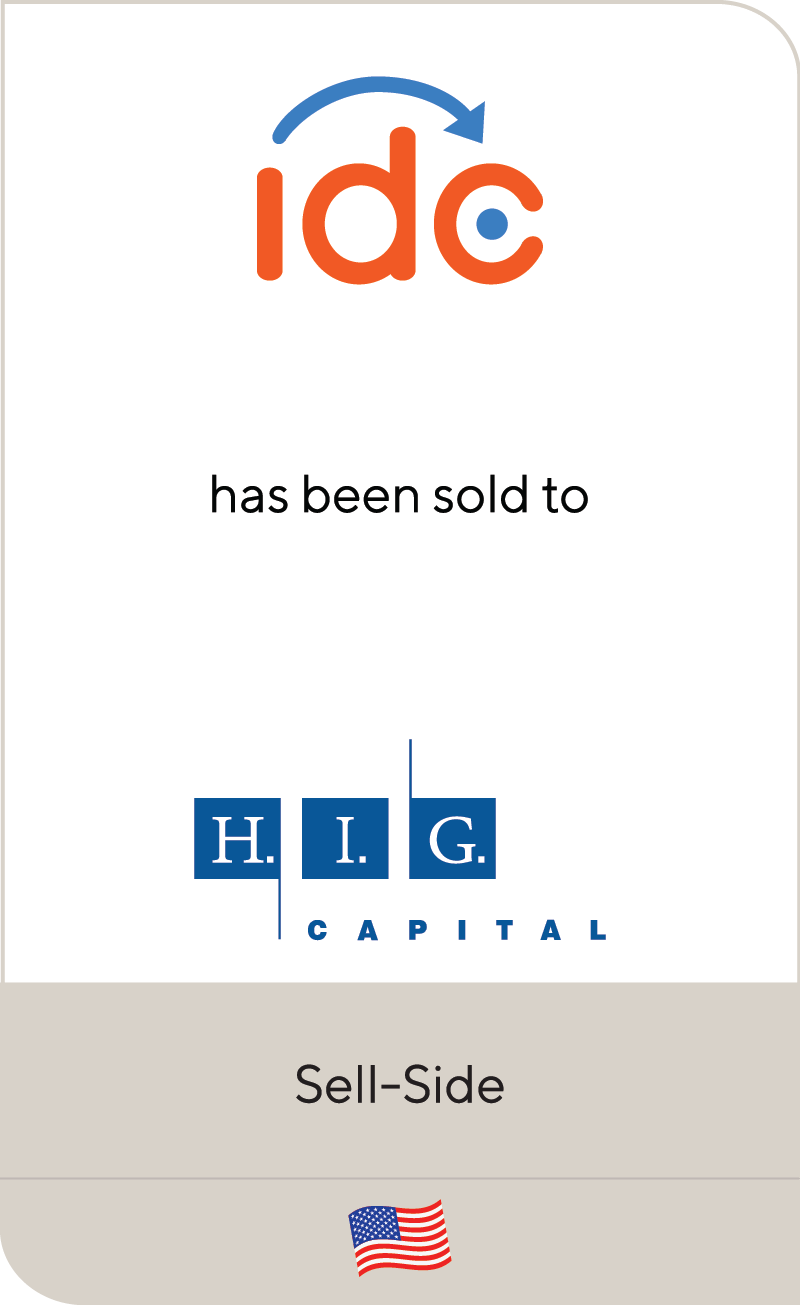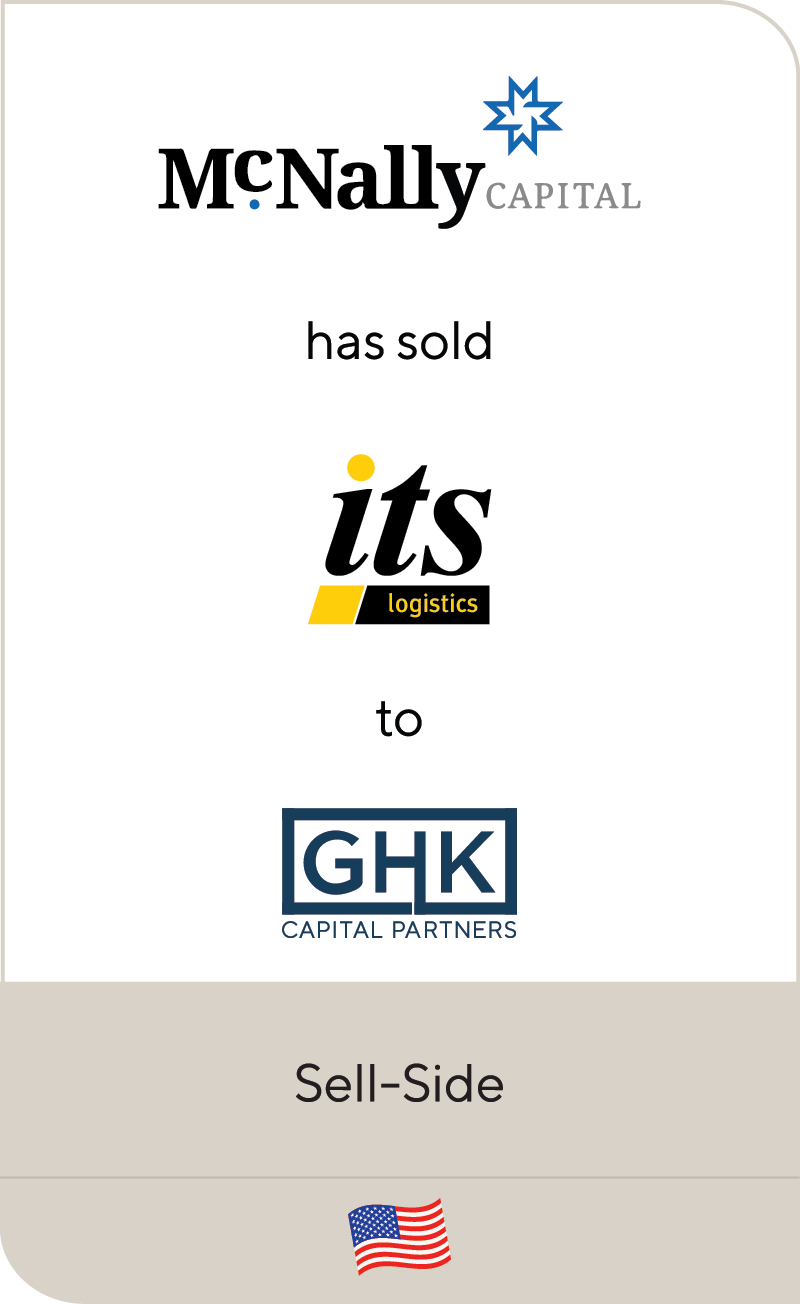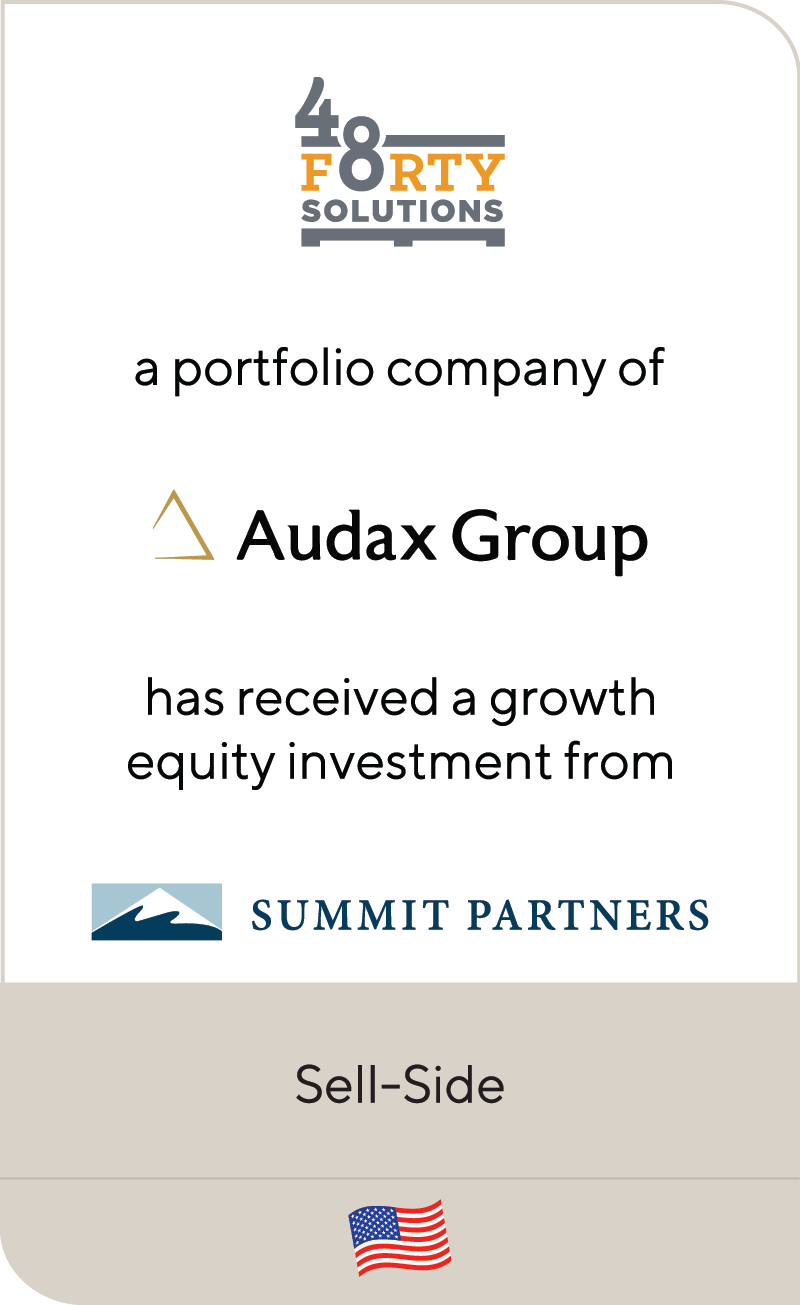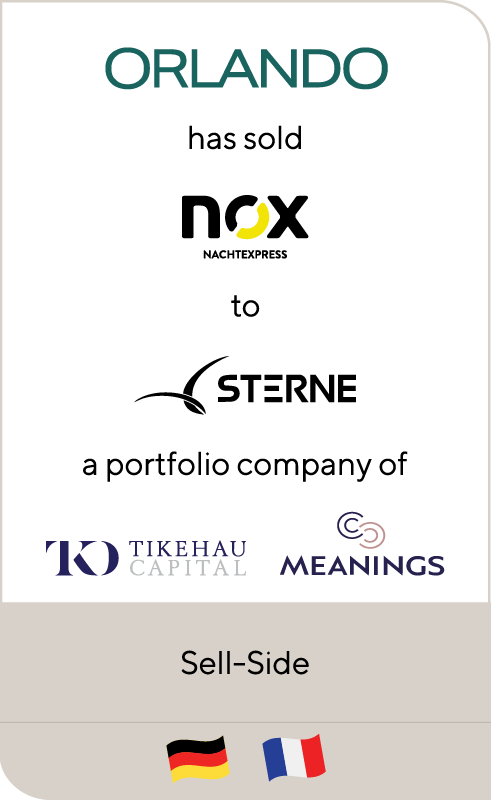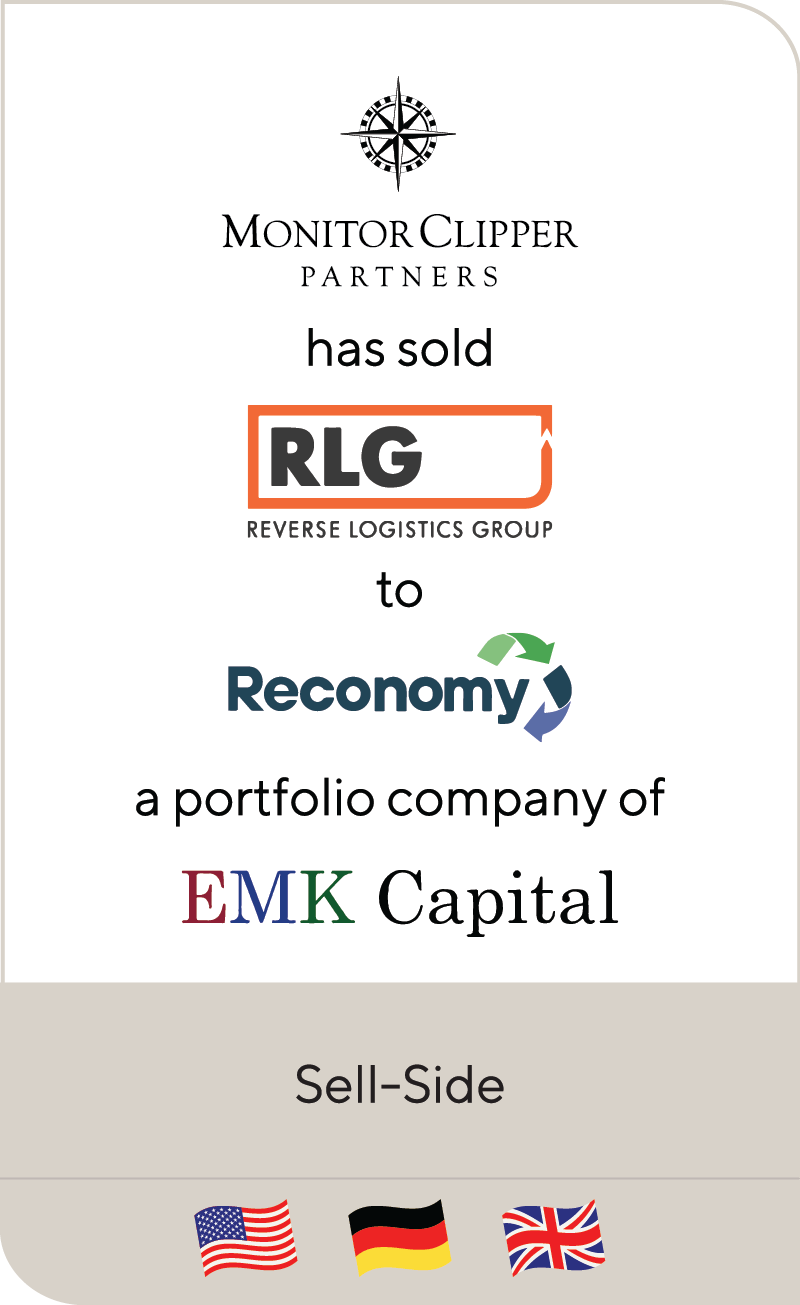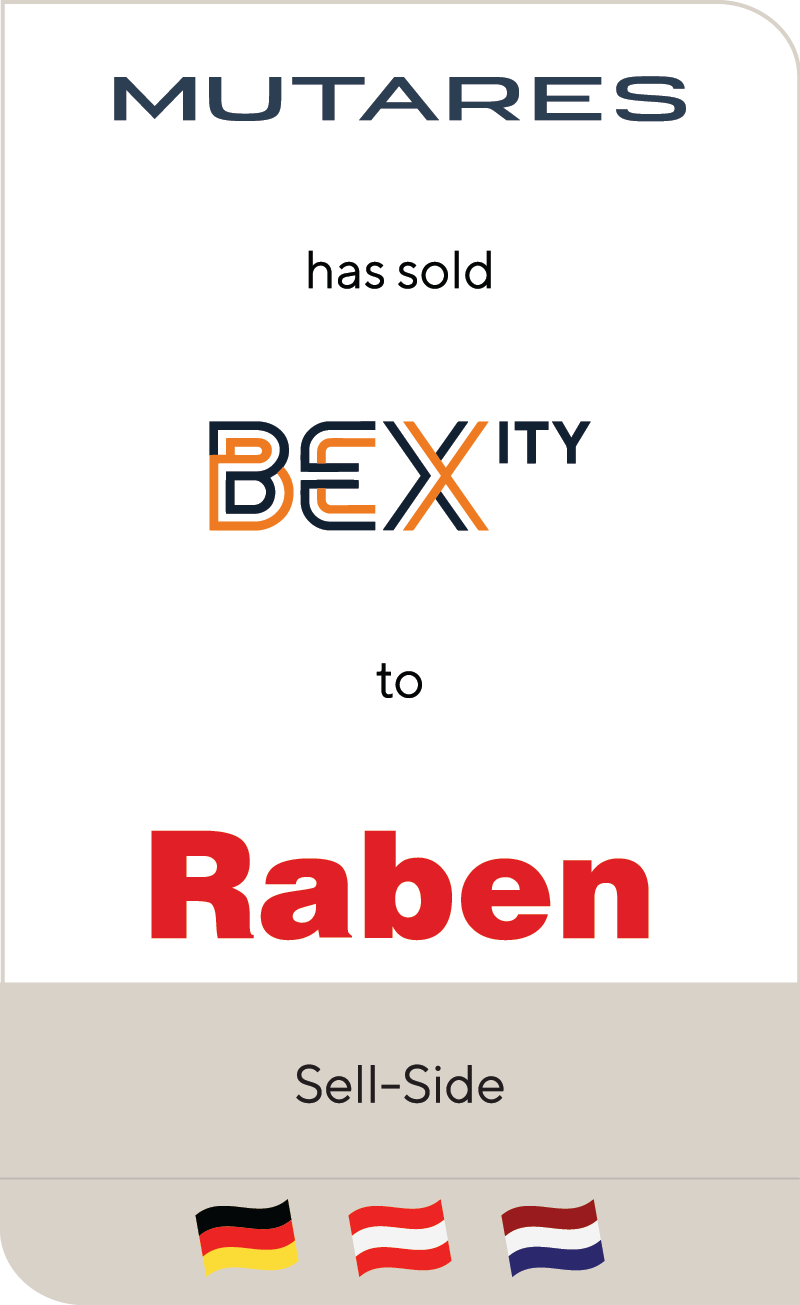Transportation & Logistics
Overview
The global transportation and logistics sector is in a period of transition and ongoing adjustment. While the extremes of pandemic-induced disruptions have eased, the sector still faces lingering challenges from altered consumer behavior and persistent capacity limitations. Economic slowdowns and declining industrial production add further pressure. Despite current challenges, the global transportation and logistics market holds vast long-term opportunities. Ecommerce will continue its upward trajectory, fueling demand for last-mile delivery solutions and efficient warehousing. The need for sustainable transport is driving innovation in electric vehicles, alternative fuels, and optimization technologies. Emerging markets and shifting trade patterns present growth potential for infrastructure development to support the continued nearshoring trend. Additionally, the integration of technologies like robotics, artificial intelligence, and blockchain promises to streamline supply chains, enabling greater efficiency and transparency. Our global team of 20+ professionals have deep sector expertise and close relationships with the most active T&L focused investors to support clients with their most critical strategic initiatives.
Areas of Focus
|
Key Strategic Themes in the Transportation & Logistics Sector
 |
Challenging macro-outlook continuing into 2024 impacting consumer confidence, shipment volumes and profit margins – alleviating capacity shortages in road freight and intermodal with rates remaining under pressure |  |
Competitive landscape shifting as shipping lines and port operators continue to aggressively expand into forwarding and logistics worldwide, Asian 3PLs seeking international growth and PE-owned platforms driving global consolidation |
 |
Volatility of ocean and air freight rates – sharp spike in container rates (following steady declines until Dec-2023) in connection with attacks on vessels in the Red Sea; reduced traffic levels in Panama Canal impacting supply chains |  |
Growing demand for outsourcing of logistics and value-added services (returns management, labeling, (re)-packaging, customer support, etc.) due to increasing pressure on shippers to identify supply chain efficiencies in a challenging macro environment |
 |
Near-shoring trends and shifts in global trade flows due to geopolitics will continue to drive supply chain diversification |  |
Consumers expect fast and reliable deliveries (same-day / next-day delivery) |
 |
Macro volatility driving desire to increase exposure to resilient verticals, such as food, healthcare / life sciences, contract logistics (appetite for contract logistics driven by considerations for margin preservation and differentiation) |  |
Proliferation of omnichannel (vs. previous split into stationary retail and D2C) has prompted companies to revise warehouse locations, distribution networks, inventory management and e-fulfillment capabilities |
Latest Perspectives
What Factors are Driving M&A Activity in the T&L Sector?
Which Segments of the Logistics Industry are Most Ripe for M&A Activity?
Strategic Nearshoring is Essential for Supply Chain Resilience
Transportation & Logistics Team Leaders
Meet our Senior Team with Transportation & Logistics Expertise
Recent Transactions in Transportation & Logistics
Related Perspectives
Connect with a Transportation & Logistics Professional



